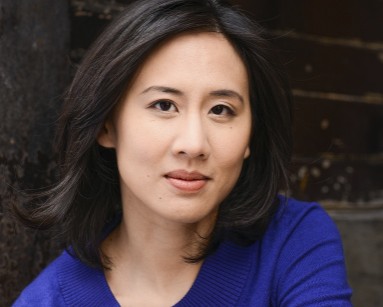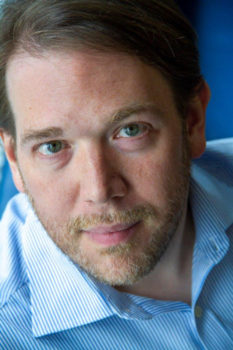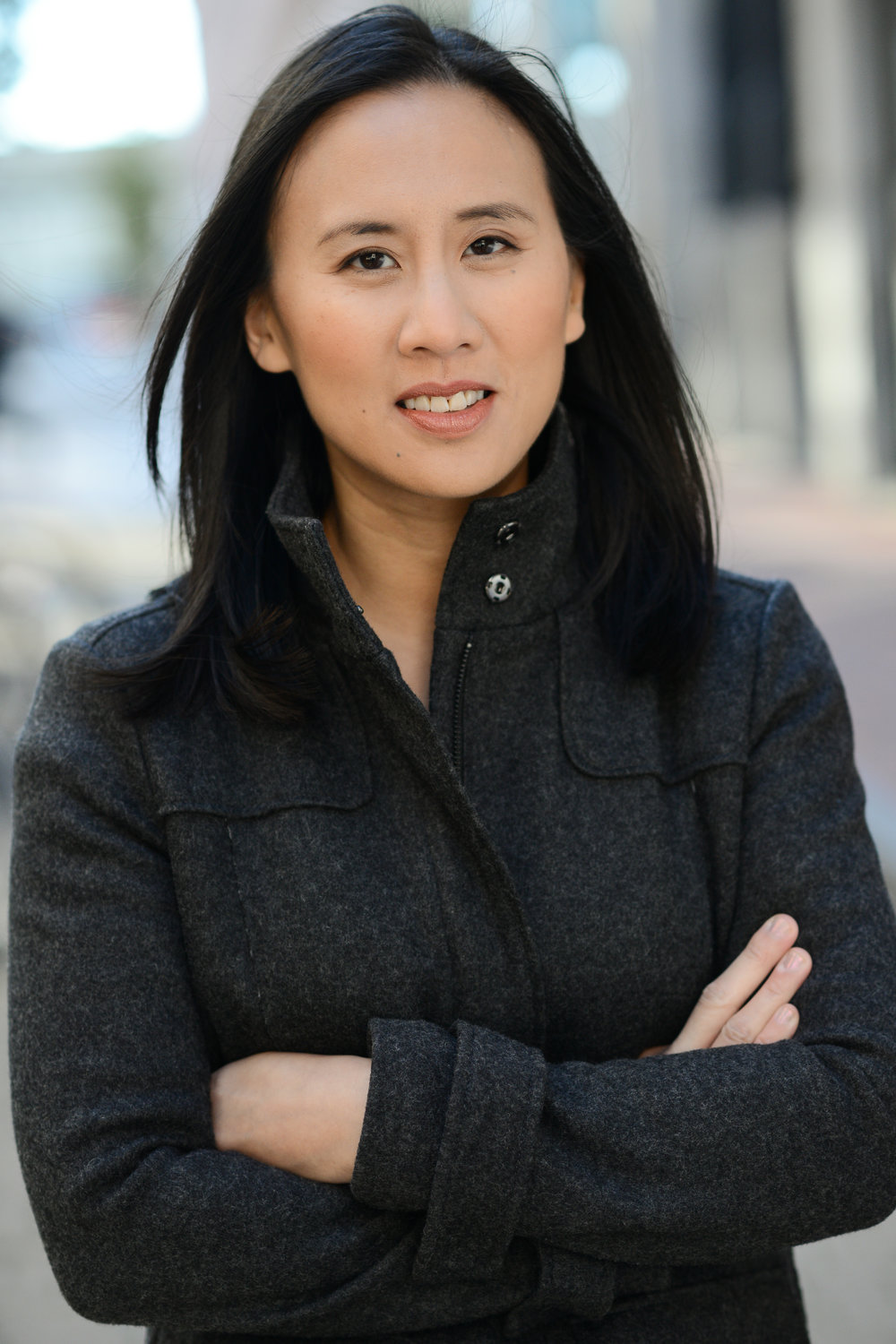What if an agent agreed to represent your book–IF you changed the main character from gay to straight?
That’s what happened to writers Sherwood Smith and Rachel Manija Brown and their YA novel, Stranger, according to a post they wrote in Publisher’s Weekly:
Our novel, Stranger, has five viewpoint characters; one, Yuki Nakamura, is gay and has a boyfriend. Yuki’s romance, like the heterosexual ones in the novel, involves nothing more explicit than kissing.
An agent from a major agency, one which represents a bestselling YA novel in the same genre as ours, called us.
The agent offered to sign us on the condition that we make the gay character straight, or else remove his viewpoint and all references to his sexual orientation.
Now, here’s where things get sticky. Smith and Brown explicitly refused to name the agent in question in order to focus attention on the larger problem: the difficulty of publishing a YA novel with LGBT characters. Yet a few days later, the agent was “outed” in an angry rebuttal that accused the authors of misrepresenting the situation. And then things got really messy. Occupation Girl has an excellent summary of the whole situation, including rebuttals to the rebuttal and evidence about whether there’s support for LGBT novels in the world of YA. The Guardian reports on similar cases, including one where an editor simply deleted all gay references without telling the author.
Why does all this matter? I think Smith and Brown (and many other authors) got it right in their original post–this is part of a bigger issue:
Rachel replied, “Making a gay character straight is a line in the sand which I will not cross. That is a moral issue. I work with teenagers, and some of them are gay. They never get to read fantasy novels where people like them are the heroes, and that’s not right.”
The agent suggested that perhaps, if the book was very popular and sequels were demanded, Yuki could be revealed to be gay in later books, when readers were already invested in the series.
We knew this was a pie-in-the-sky offer—who knew if there would even be sequels?—and didn’t solve the moral issue. When you refuse to allow major characters in YA novels to be gay, you are telling gay teenagers that they are so utterly horrible that people like them can’t even be allowed to exist in fiction.
And this wonderful essay from The Millions, by Steve Himmer, offers a powerful argument for letting young readers read what they choose:
Thirteen is a liminal moment between childhood and adulthood, so who am I to say what’s appropriate for someone that age, and for this particular thirteen year old I don’t know in the slightest. And let’s face it, there are probably lots of parents who’d worry about their son or daughter (or nephew or niece) buying a novel about a hermit who spends most of his story naked from a scruffy guy like me. That’s easy enough for me to accept. As my protagonist says, “if I saw myself bursting out of the woods, I might not offer help either.”
Yet I can’t help but remember that reading — both the careful selection of books and being given enough privacy to quietly read them myself — was among the first freedoms I had. Those early choices, and being trusted to make them, seem like foundational experiences now, decades later. […]
This isn’t just about marketability, or literature. It’s about affirming–or denying–the lives that many teens are already living.
Further reading:
- Does YA help teens with dark thoughts?
- After some controversy over what counts as “feminist YA lit,” BITCH magazine tries to start an online feminist YA book club
- YA authors team up to fight bullying






